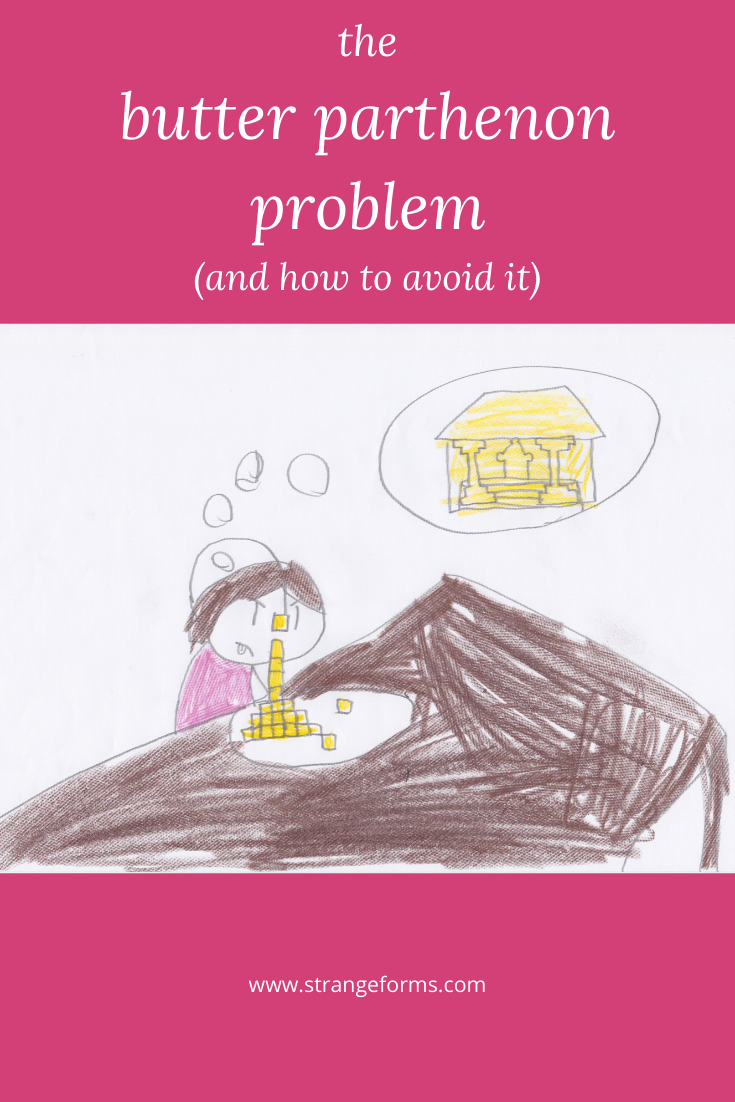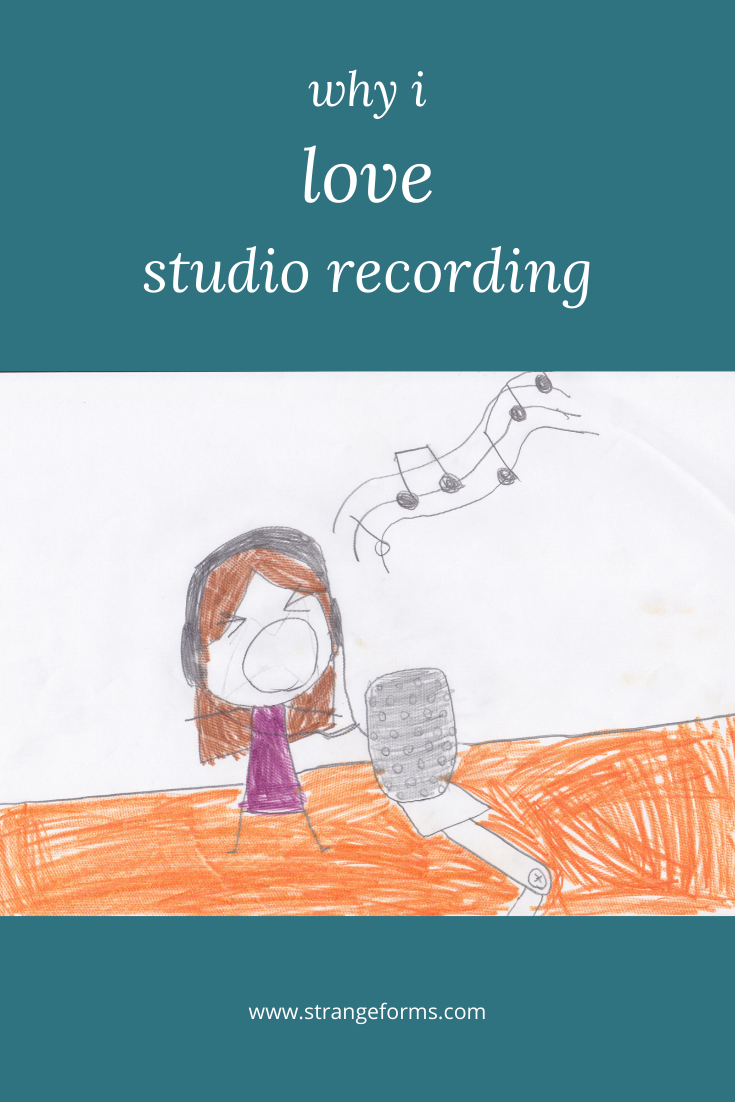Greetings of the solsticetide to you! Here at Strange Forms Central, we like to mix up our symbolisms, as here with this jaunty stegosaurus suspended by its midriff from the tree.
It shows the influence of the resident twelve-year-old, as does this star-toting dragon that tops the whole thing off.
Keep it strange!



